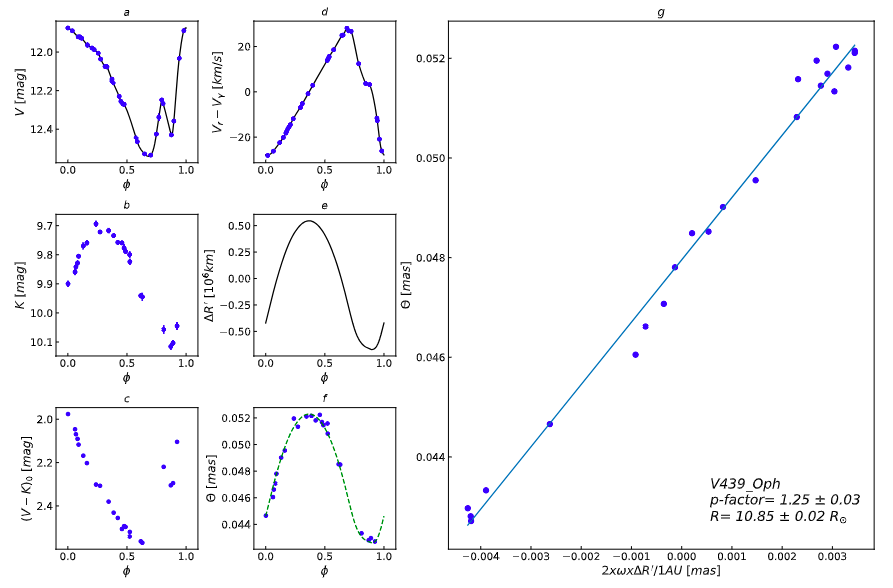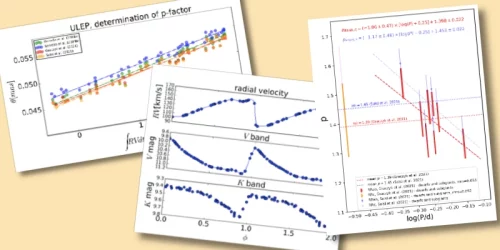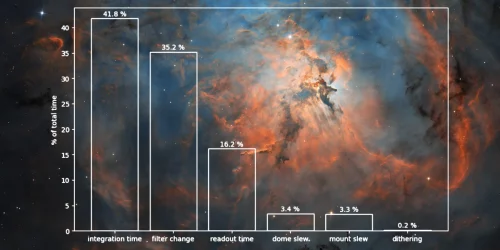Projection factor and radii of nearby BL Her stars
Type II Cepheids might be an attractive alternative to classical Cepheids regarding the projection factor (p-factor), which is a crucial parameter in the Baade-Wesselink technique to determine the distance.
Projection factor and radii of Type II Cepheids: BL Her stars
P. Wielgórski, G. Pietrzyński, W. Gieren, B. Zgirski, M. Górski, J. Storm, N. Nardetto, P. Kervella, G. Bras, G. Hajdu, V. Hocdé, B. Pilecki, W. Narloch, P. Karczmarek, W. Pych, R. Chini, K. Hodapp
Type II Cepheids are old pulsating stars that can be used to trace the distribution of an old stellar population and to measure distances to globular clusters and galaxies within several megaparsecs, and by extension, they can improve our understanding of the cosmic distance scale.
One method that can be used to measure the distances of Type II Cepheids relies on period-luminosity
relations, which are quite widely explored in the literature. The semi-geometrical Baade-Wesselink technique is another method that allows distances of radially pulsating stars, such as Type II Cepheids, to be measured if the so-called projection factor (p-factor) is known.
However, the literature concerning this parameter for Type II Cepheids is limited to just a few pioneering works. In this paper we target eight nearby short-period Type II Cepheids, also known as BL Her type stars, and calibrate the Baade-Wesselink method for them, which yields the radii and p-factors for BL Her stars.
We used various datasets: accurate distances from Gaia DR3, time series photometry in the V and Ks bands from the Rolf Chini Cerro Murphy Observatory (OCM, former Cerro Armazones Observatory, OCA), and spectroscopic data from dedicated ESO programmes.
The measured projection factors range from 1.21 to 1.36, with the typical uncertainty of 0.1. The mean value is 1.330 ± 0.058, which gives the relative uncertainty of 4%. The main sources of uncertainty on the p-factors are statistical errors of the Baade-Wesselink fit (related to the dispersion and coverage of light and radial velocity curves) and parallax.

We also confirm that BL Her and RR Lyr stars obey an apparent common period-radius relation.

Listen to AI-generated podcast on this topic (credit: https://notebooklm.google)
The data were collected using the IRIS telescope in years 2017-2019, i.e. before the reconstruction of OCM.



